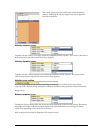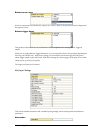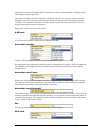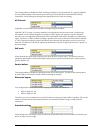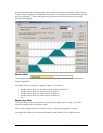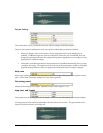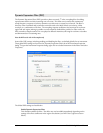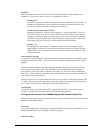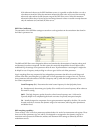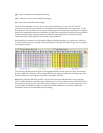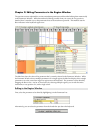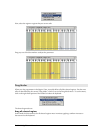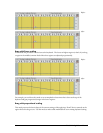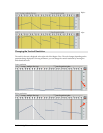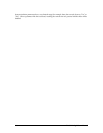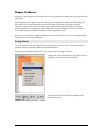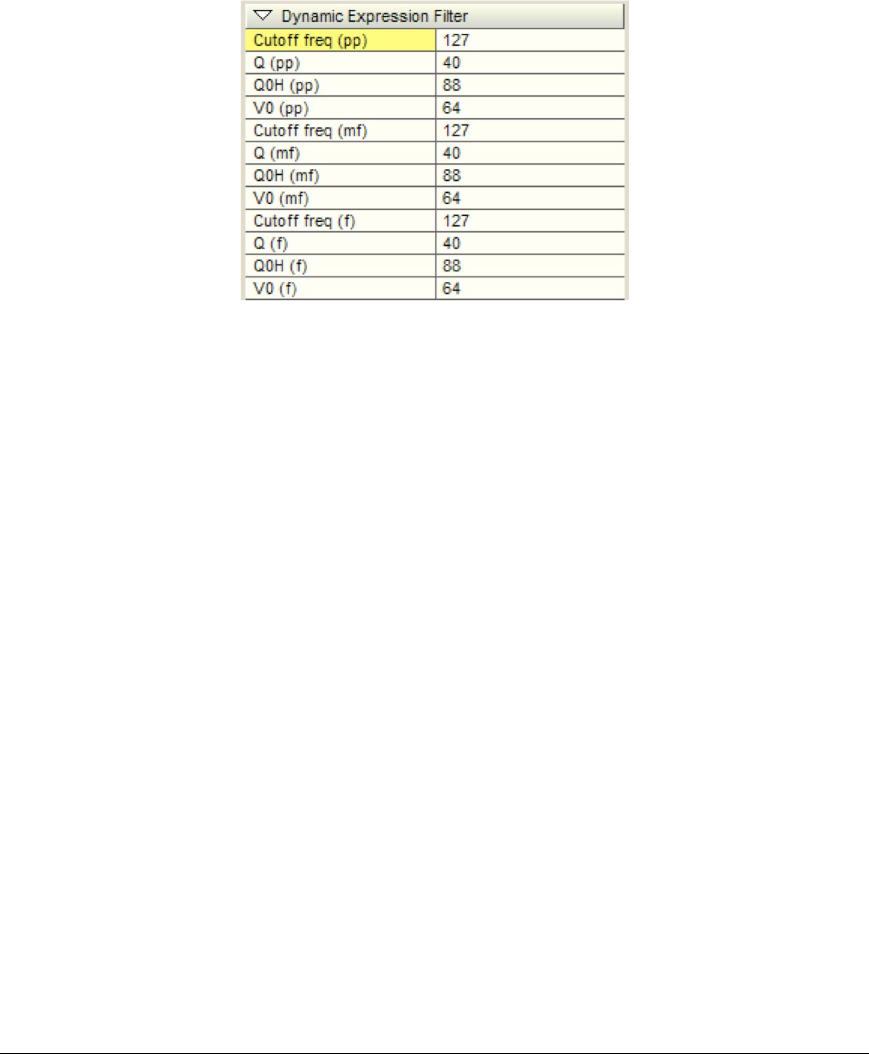
170 TASCAM GigaEditor 4 Manual
With Aertouch chosen as the DEF Modulator source, it is possible to oset the lter curve by a
value between 0 and 64. When the minimum Aertouch Oset value of 0 is used, the incoming
aertouch values utilize the full dynamic range of the DEF lter curves. When the maximum
Aertouch Oset value of 64 is used, the incoming aertouch values are scaled to morph between
only the moderate (mf) and loud () lter curves.
DEF Filter Coecients
e remainder of the DEF lter settings are stored on a sub-region basis in the articulation data found in
the Editor’s parameter list:
e PRF and DEF lters were designed to address and emulate the characteristics of samples whose pitch
and dynamics have been transposed. For this reason, this musically adapted lter does not behave like a
traditional EQ; the settings of one parameter aect the next. Experimentation is encouraged. It might also
be helpful to use a Frequency Analysis Plug-in at rst to get a feel for each lter parameter.
Giga’s morphing lters are composed of four independent parameters that aect the overall shape and
volume of the lter: cuto frequency, Q, Q0H, and V0. Each parameter has a range of 0 to 127. e rst
three parameters aect the timbre of the lter (frequency and Q) while the fourth parameter (V0) is used
for volume compensation.
Cuto Frequency (Fc)– Determines the initial center frequency for the Q0 Quality factor.
Q – Simultaneously determines gain, Quality (lter width) and a center frequency oset relative to
the initial Fc setting.
Q0H – is high frequency quality factor has a xed center frequency near 7.5 khz and is
especially helpful in de-emphasizing the harsh overtones of upwardly transposed samples.
V0 – Initially designed to compensate for any gain attenuation imposed by the lter, V0 can also
be used creatively to increase the dynamic range of an instrument, achieving soer pianissimos
and bolder fortes.
DEF morphing capability:
ere are three “sets” of the four parameters explained above for each of an instruments sub-regions. ese
three sets of lter parameters (pp, mf, and ) were designed to correspond to the dynamic range of an
instrument and represent the minimum, median, and maximum DEF settings as dened by the lter
modulation sources:



